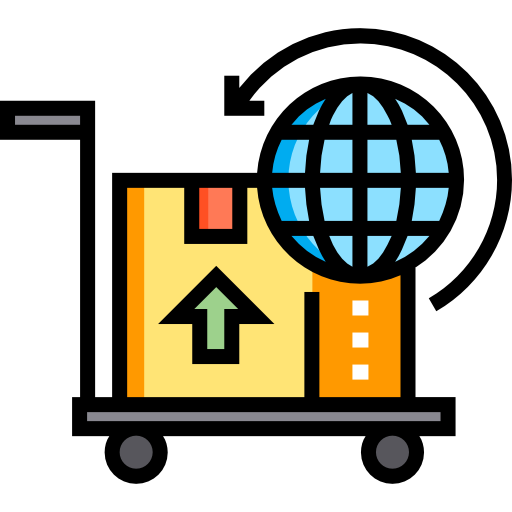Third-Party Logistics (3PL) providers play a vital role in the supply chain management of countless businesses across the globe. They offer services ranging from warehousing and distribution to transportation and inventory management. However, there may come a time when your current 3PL provider no longer meets your needs or aligns with your business goals. In such cases, changing 3PL providers becomes a necessary step. In this blog, we will explore what you need to know about this critical transition, along with real-time information in the logistics industry.
Why Change 3PL Providers?
Several factors can trigger the need for changing your 3PL provider:
- Service Issues: If you consistently face service-related problems such as delays, inaccurate inventory management, or damaged goods, it may be time to seek a more reliable provider.
- Cost Inefficiencies: Rising costs or hidden fees can erode your profit margins. Changing providers can help you find more cost-effective solutions.
- Scaling Needs: As your business grows or changes in scope, your 3PL provider should be able to adapt to your evolving requirements. If they can’t, it may be time to switch.
- Technological Advancements: The logistics industry is rapidly evolving with technological advancements like IoT, AI, and blockchain. If your current provider doesn’t embrace these innovations, you could fall behind.
- Geographical Expansion: Expanding your market presence to new regions may necessitate a 3PL provider with a broader geographic reach.
Now, let’s delve into the key considerations when changing 3PL providers.
Thorough Assessment
Before making any changes, conduct a comprehensive assessment of your current 3PL relationship. Understand your existing contract terms, service level agreements (SLAs), and the costs involved in the transition. Also, evaluate your provider’s performance metrics to have a clear picture of where they fell short.
Legal and Contractual Obligations
Carefully review your existing contract with your current 3PL provider. Look for any termination clauses, notice periods, or penalties associated with ending the agreement prematurely. Ensure you are in compliance with these terms to avoid legal disputes.
Search for a Suitable Replacement
Research and evaluate potential 3PL providers. Consider factors such as their industry experience, reputation, technology capabilities, geographic coverage, and cost structure. Leverage online directories and industry forums to find potential partners.
Technology Integration
Incorporating technology is a significant trend in the logistics industry. Assess whether the new 3PL provider can seamlessly integrate with your existing systems and adopt emerging technologies like IoT, AI, and blockchain to enhance efficiency and visibility in your supply chain.
Customization and Scalability
Ensure that the new 3PL provider can tailor their services to meet your specific needs and accommodate your growth plans. Scalability is essential to prevent another transition in the near future as your business expands.
Service-Level Agreements (SLAs)
Draft clear and detailed SLAs with the new 3PL provider. Define performance expectations, turnaround times, quality control measures, and penalties for non-compliance. SLAs are crucial for setting expectations and maintaining accountability.
Inventory Transition Plan
Plan the transition of your inventory from the old provider to the new one meticulously. Ensure minimal disruption to your operations during this phase. This may involve coordinating inventory counts, transfers, and data migration.
Communication with Stakeholders
Maintain open and transparent communication with your team, suppliers, and customers throughout the transition. Managing expectations and minimizing disruptions is key to a successful change in 3PL providers.
Data Security and Privacy
As data breaches become more common, data security and privacy are paramount. Ensure that the new 3PL provider has robust security measures in place to protect your sensitive information.
Performance Monitoring and Optimization
Once you’ve transitioned to the new 3PL provider, regularly monitor their performance against the SLAs and KPIs. Use data analytics and reporting to identify areas for improvement and optimize your supply chain.
Conclusion
Changing 3PL providers is a significant decision that can have a profound impact on your supply chain operations. It’s essential to approach this transition with careful planning, thorough assessment, and a clear understanding of your objectives. In the ever-evolving logistics landscape of 2024 and beyond, staying adaptable and embracing technology are key trends to watch. By following the steps outlined in this blog and keeping an eye on industry trends, you can ensure a seamless transition to a new 3PL provider that better aligns with your business goals and needs, ultimately driving your supply chain to greater success.








